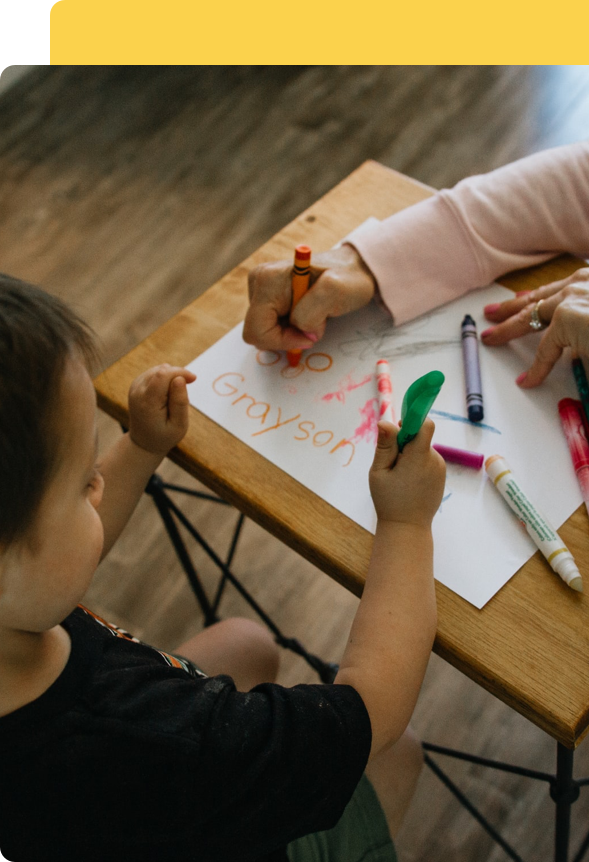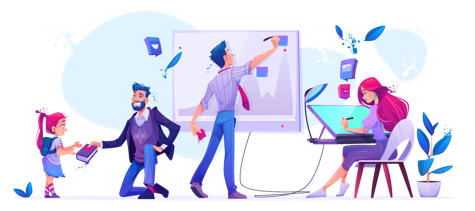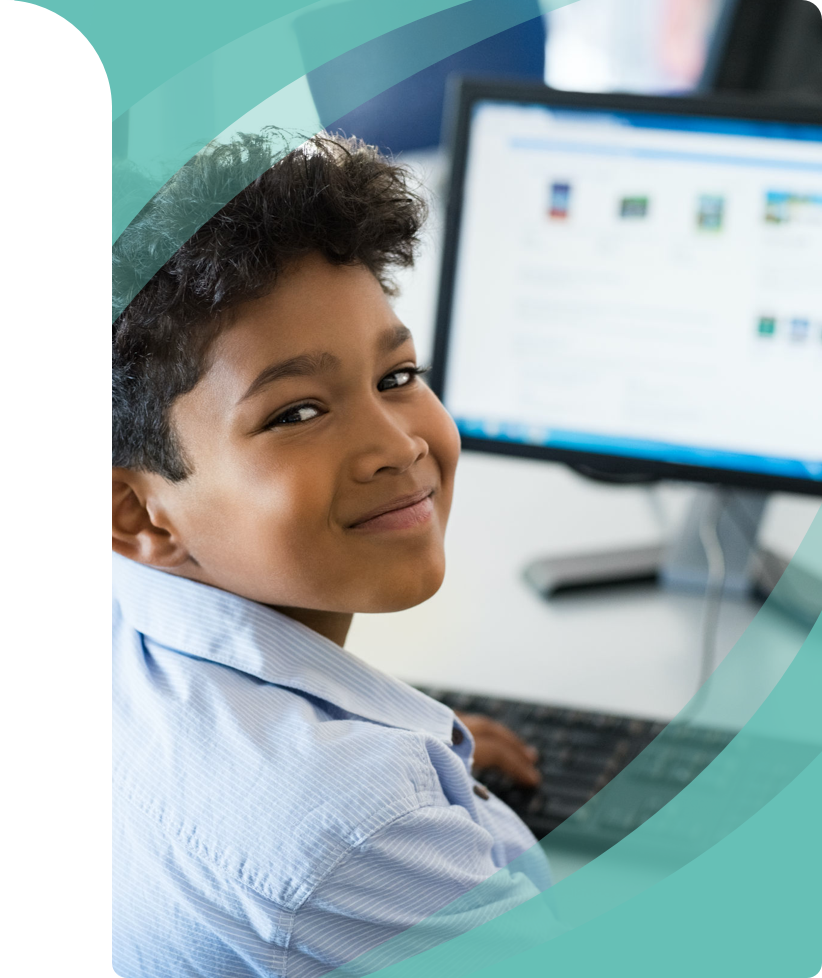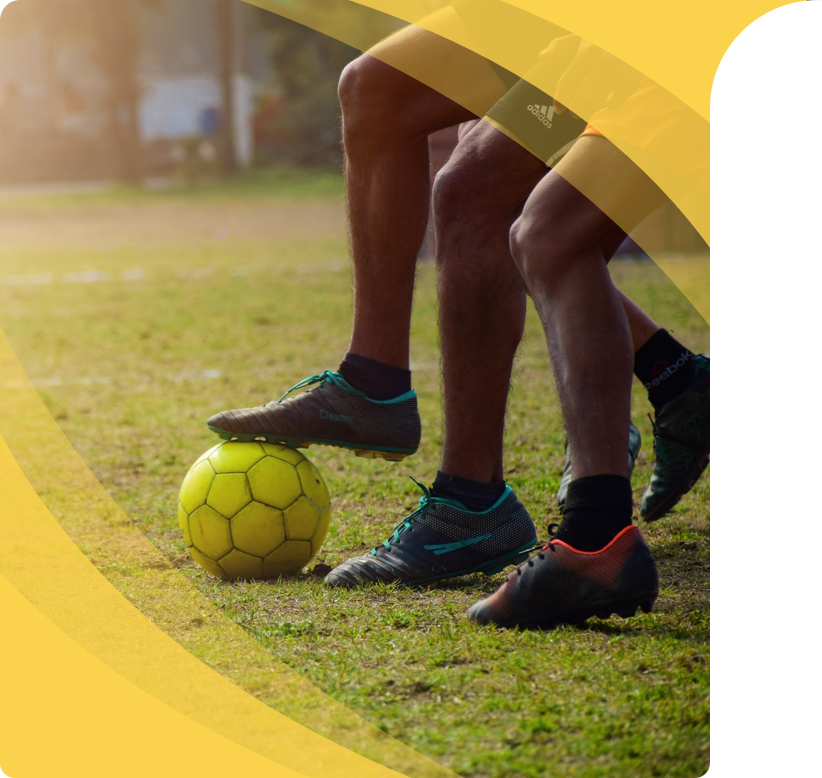The first five years have so much to do with how the next 80 turn out. The Montessori classroom is a special and unique place, set up purposefully to foster self-directed investigation, independence in work, and the joy of learning. Montessori schools feature mixed-age classrooms and each activity is intended to be self-correcting and hands-on.
Each activity is a building block to the next. So, when children learn to trace shapes inside metal inserts that have various geometric shapes, they unwittingly practice the fine-motor skills that will enable them to pick up writing, which they typically do much faster than the average child.
Dr. Montessori has beautifully designed them so that the child will discover step-by-step what she is supposed to learn.

Besides focusing on concepts in Math and Science, ICSE offers an equal weightage to languages, arts and humanities. This allows for a more balanced, holistic and inclusive education.
Teachers are not arbiters of what “good” work is. Instead, they give feedback that encourages self-assessment and independence.
The syllabus is comprehensive and structured to provide more practical knowledge and helps to build analytical skills in students
Both physical and mental health affect how we think, feel and act on the inside and outside. Focus is laid on both equally.
Research based processes to create improved communication skills and foster a more open and collaborative learning environment. Give learners the tools they need for a lifetime of learning and exploration.
A combination of a syllabus with global content, teaching methodologies that glean from systems across the world, and a focus on satisfying curious, analytical minds has helped students who want to pursue higher studies abroad, in humanities, science and technology or management studies.

Creating eye-to-eye contact encourages children to talk with teachers longer, thereby developing their language abilities. We believe we are stand-in parents for children, who learn best when they feel cared for and emotionally connected.
We do not believe that standardized tests are the only assessment to measure a student’s capabilities and skills.
“Teaching to the test” is replacing good teaching practices with “drill n’ kill” rote learning. Many teachers all around have gotten comfortable with teaching students to remember only the important stuff for standardized tests. Their teaching has been changed and affected because of all these tests.
Darwin even for higher secondary, emphasizes self-knowing and honoring who you are, learning to set realistic and achievable goals, and in retrospect, regularly examining the path you have taken to achieve your goals. Holistic learning honors life experience, both achievements and roadblocks, with a focus on both what went well and what didn’t go as planned. We believe that learning is in everything we do and self-reflection is the key to understanding oneself and becoming a happy and strong adult.


As we practice a holistic education, our well-designed physical education goals will not only boost kidsʼ education, but prepare them for an active, healthy and productive lifestyle. Besides the practical activities, our students are also given in-depth knowledge and taught about the science behind each sport while they play. Kids are involved in with instruction by certified physical education teachers.
A minimum of 150 minutes per week (30 minutes per day) for children in elementary school and 225 minutes per week (45 minutes per day) for students in middle and high school. Trained coaches render scientifically aided training in specific sports to hone exceptional talents for further specialized training. When involved in sports, children end up learning how to interact with peers when engaged in play activities while also building on important schemas about the real world.